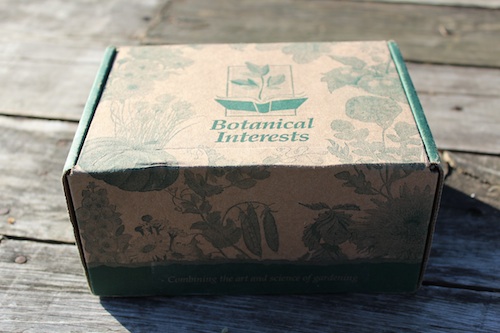Some of the earliest crops to arrive at the Farmers Markets are peas: Snow Peas, English Shelling Peas, Sugar Snap Peas. We love them. In our family we just shake some kosher salt with Sugar Snap Peas and snack on them when they’re fresh in the spring. I can’t wait to taste them just-picked from our backyard garden.
I still have Shelling Peas to plant from last year, so this winter when I shopped for seeds at Botanical Interests, I bought Sugar Snap Peas.
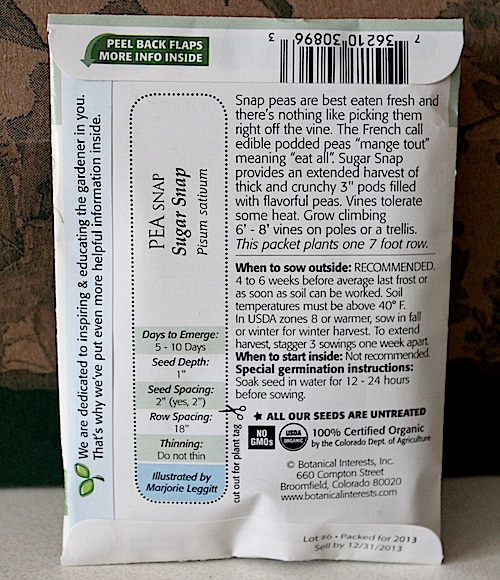
Botanical Interests has only non-GMO and untreated seeds. They have a great selection of organic and heirloom seeds. They pack so much information on their seed packets. Nothing is wasted. There’s more to read on the inside of the seed packet.
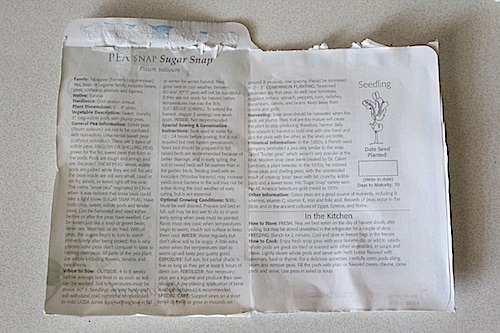
We’ve been tilling and weeding our Shade Garden for the past few days now. As soon as the seeds are ready they are going in the ground. The Shelling Peas are in the refrigerator. Peas love cold. Sugar Snap Peas have to be soaked in water for 12 to 24 hours before sowing in the ground.

I took a piece of paper towel and folded it in two, cut it to fit in this DIY HDPE tray. Watch my husband make these HDPE trays from empty Arrowhead Water jugs.
They look so space age, don’t they? Very versatile, easy to store because they stack. We can use them for pretty much anything. If I’m soaking seeds, I can slip the seed packet between the two nested trays, so I don’t forget what I’ve soaked.
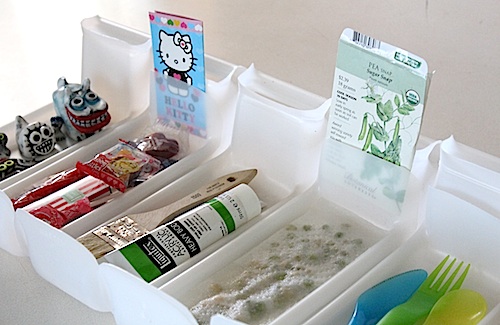
Get the paper towel wet and put the seeds between the folds. Set it aside in a cool dark cabinet.
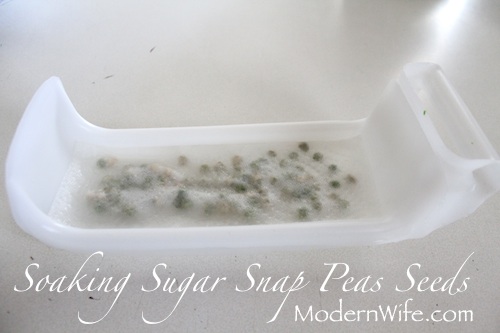
The next day, the Sugar Snap Peas have absorbed the moisture from the paper towels. They are engorged and juicy.
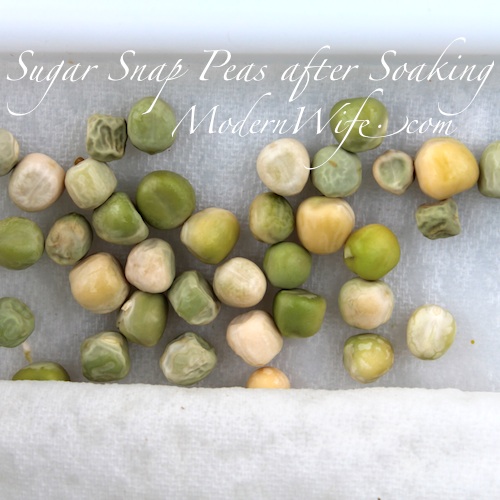
I sow them 2 inches apart, like the packet instructs. I’m expecting these peas to sprout next week.

There’s still time to get your Sugar Snap Peas seeds from Botanical Interests. Peas are super-amazing plants because aside from being a delicious and nutritious raw snack, their roots also add nitrogen to the soil. Apparently peas stop producing once the weather gets hotter than 70F, so when it does, the soil is ready for the next crop. Such a giving vine!





